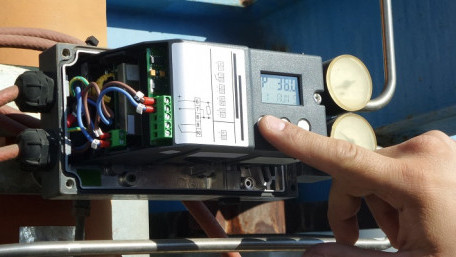
Calibration is performed on a regular basis to ensure proper measurement tool function, but how do we determine the proper interval? Factors include environment,…
Calibration is performed on a regular basis to ensure proper measurement tool function, but how do we determine the proper interval? Factors include environment, usage, and level of dependence on proper function.
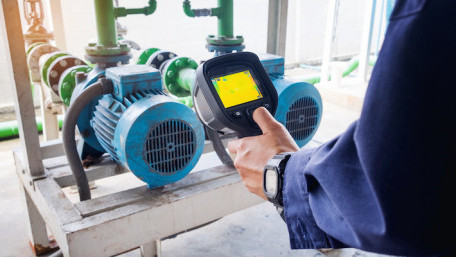
Converting thermal energy into electrical signals, temperature sensors such as RTDs and thermocouples are fundamental in…
Converting thermal energy into electrical signals, temperature sensors such as RTDs and thermocouples are fundamental in the maintenance and operation of industrial environments and equipment.
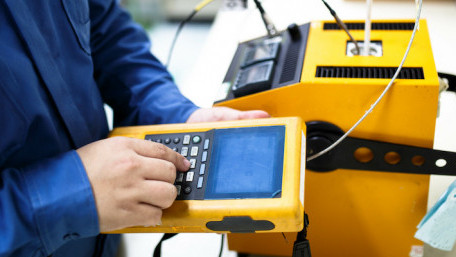
Calibration can be a time-consuming process requiring expensive traceable tools, but high-accuracy signals result in…
Calibration can be a time-consuming process requiring expensive traceable tools, but high-accuracy signals result in higher-quality products, better customer satisfaction, and, ultimately, greater returns.

Safety is a concern in any system containing potential energy, whether electrical, chemical, or fluid. Each has methods…
Safety is a concern in any system containing potential energy, whether electrical, chemical, or fluid. Each has methods of protection, and for fluid systems, certain shutoff valves are used in situations when excess pressure can be a problem.
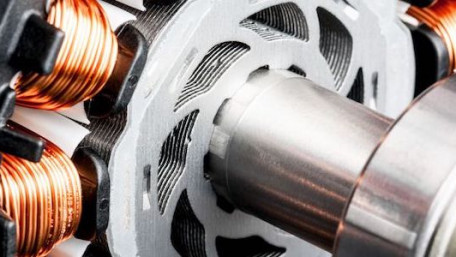
Field-oriented control (FOC), also called vector control, can control 3-phase alternating current motors and brushless DC…
Field-oriented control (FOC), also called vector control, can control 3-phase alternating current motors and brushless DC motors. Read more to learn its advantages, how it works, and its best applications.
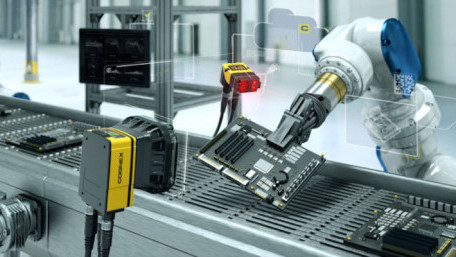
Industrial sensors can be found in nearly every modern industrial process, regardless of complexity. Learn the history,…
Industrial sensors can be found in nearly every modern industrial process, regardless of complexity. Learn the history, evolution, and variety of sensors that make manufacturing the modern marvel we see today.
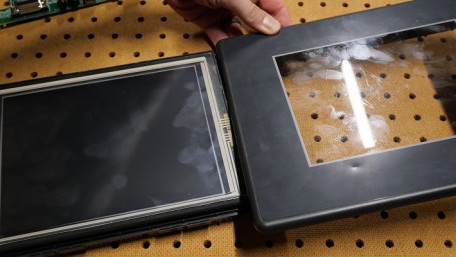
Human-machine interfaces, or HMIs, provide visual process data and allow access to process parameters and diagnostics…
Human-machine interfaces, or HMIs, provide visual process data and allow access to process parameters and diagnostics information. What’s inside these touchscreen displays, and how do they actually work?
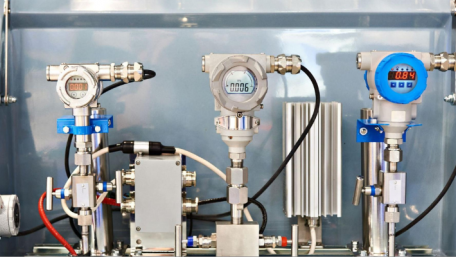
Industrial analog sensor devices primarily use 0-10 volt or 4-20 milliamp. For those mA signals, learn the reasons for…
Industrial analog sensor devices primarily use 0-10 volt or 4-20 milliamp. For those mA signals, learn the reasons for why the lower and upper limit standards were determined as 4 mA and 20 mA.
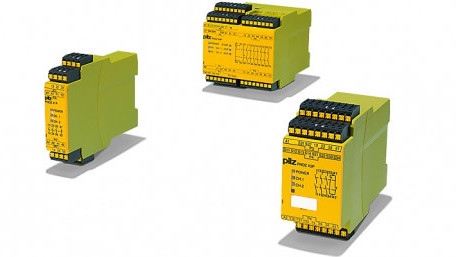
Redundancy and safety are often seen together in industrial safety systems. Safety relays monitor emergency devices to…
Redundancy and safety are often seen together in industrial safety systems. Safety relays monitor emergency devices to switch contacts based on status - but what makes them different from normal relays?
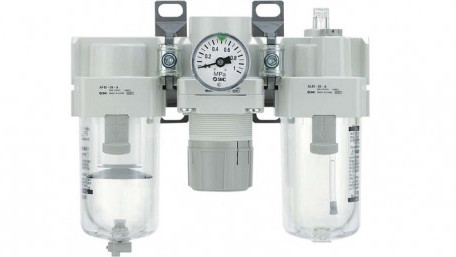
Moisture inside industrial pneumatic systems is a major cause for concern, and if the air is not filtered or dried…
Moisture inside industrial pneumatic systems is a major cause for concern, and if the air is not filtered or dried properly, it can lead to serious failures.
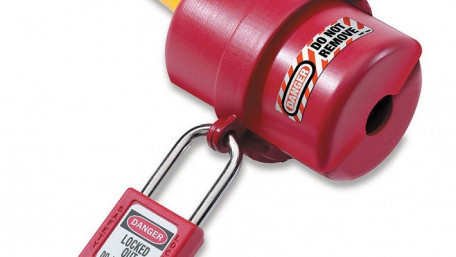
One of the most visible elements of industrial safety is the use of lock-out-tag-out (LOTO) devices, familiar to those…
One of the most visible elements of industrial safety is the use of lock-out-tag-out (LOTO) devices, familiar to those with experience. But, if you are new to the workforce, a brief introduction may be helpful.
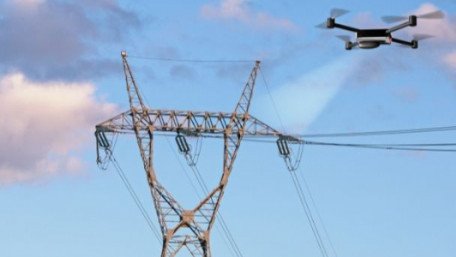
How are robots used in discrete versus process automation? Can the process industries utilize more robotic automation?
How are robots used in discrete versus process automation? Can the process industries utilize more robotic automation?
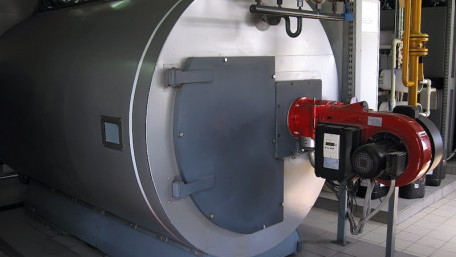
Safety is of utmost importance in the day-to-day operations of any system, especially a system where humans and machines…
Safety is of utmost importance in the day-to-day operations of any system, especially a system where humans and machines work together. Learn all about Safety Instrumented Systems and what it takes to keep workers safe, and the system running smoothly!
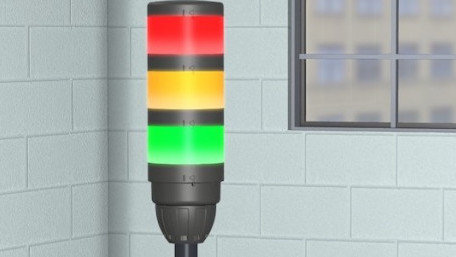
Each machine on the factory floor comes with risk; learn common safety risks and corresponding automation solutions.
Each machine on the factory floor comes with risk; learn common safety risks and corresponding automation solutions.
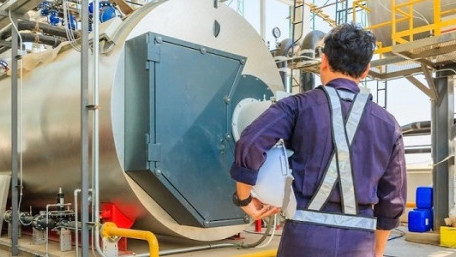
This article looks at the safety systems included in boilers to alert malfunctions and prevent damage when issues arise.…
This article looks at the safety systems included in boilers to alert malfunctions and prevent damage when issues arise. Learn about the safety systems and the ISO standard used to keep boilers running smoothly.
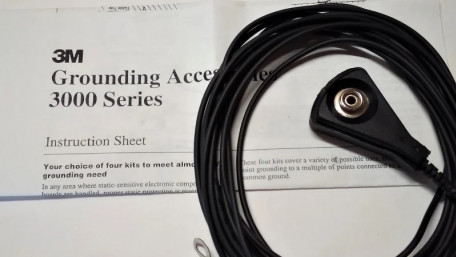
When it comes to electrical grounding, many strategies are employed to accomplish different tasks. One of the main…
When it comes to electrical grounding, many strategies are employed to accomplish different tasks. One of the main reasons for grounding equipment is for the safety of users and equipment while maintaining strict adherence to regulations.
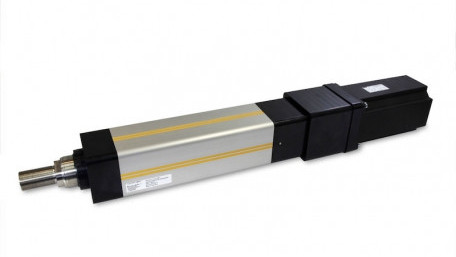
In this article, we take a look at hydraulic, pneumatic, and electric actuators and how they are used in different scenarios.
In this article, we take a look at hydraulic, pneumatic, and electric actuators and how they are used in different scenarios.
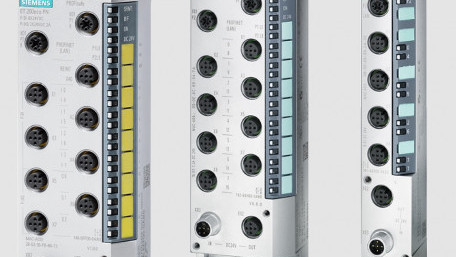
Networked remote I/O allows us to work with a machine center separately from the rest of the system, and drop the…
Networked remote I/O allows us to work with a machine center separately from the rest of the system, and drop the solution right in place.
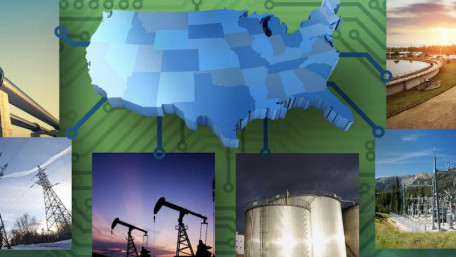
Industrial control system cybersecurity can be a matter of vital corporate and national interest. What are the…
Industrial control system cybersecurity can be a matter of vital corporate and national interest. What are the operational risks, and how are they assessed?
